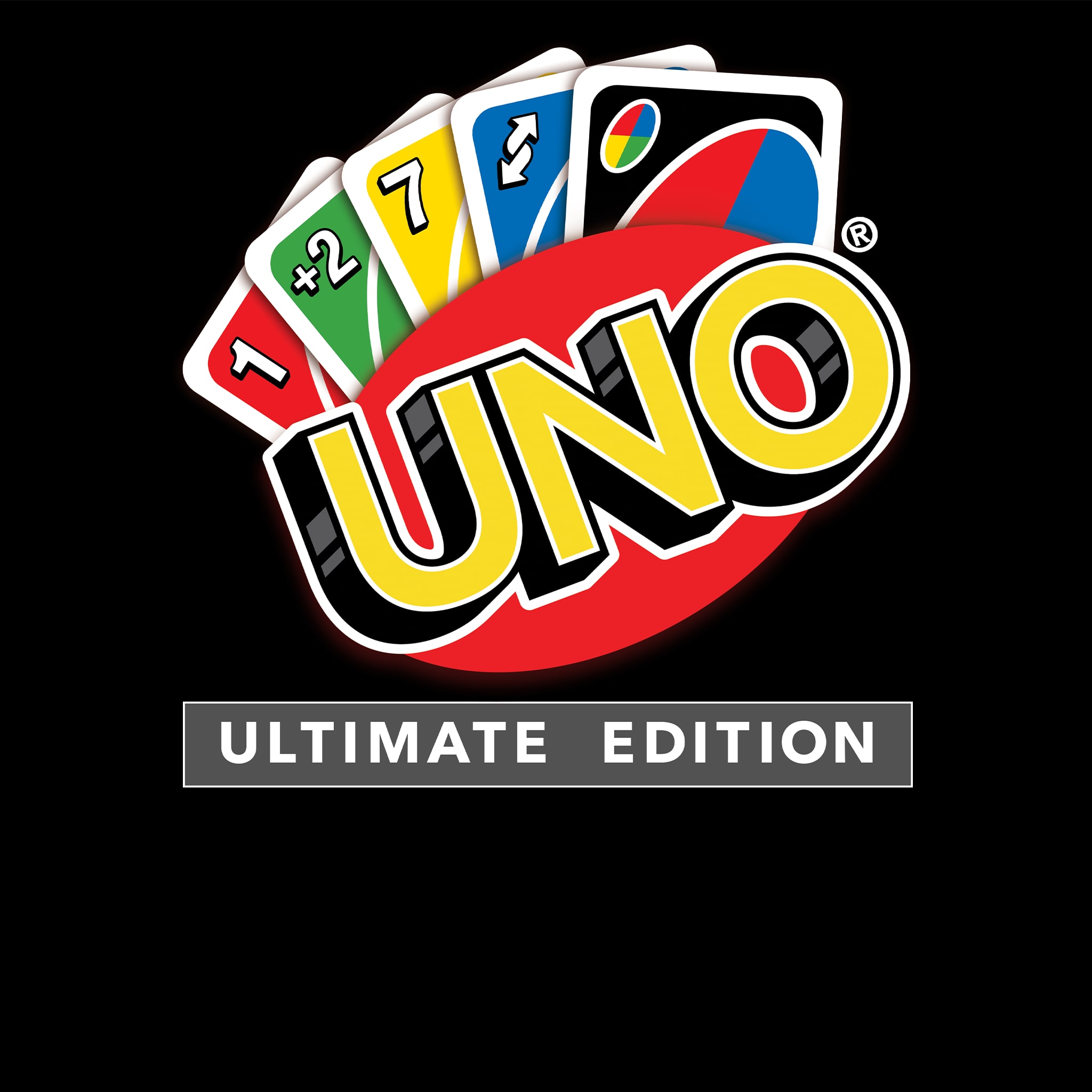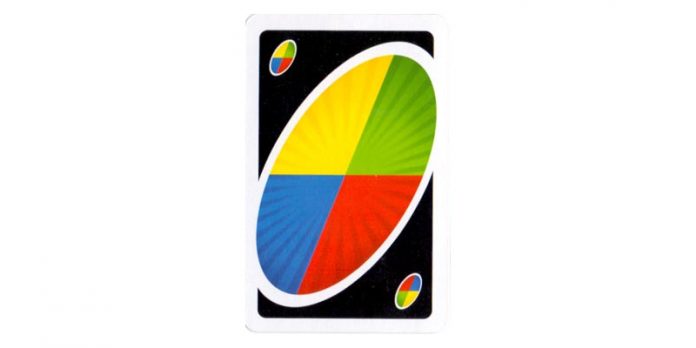
In the special case when the game ends because the tile pool is empty instead of someone getting rid of all his tiles, the score is calculated a bit differently. The other players earn a negative score equal to minus the value of the tiles in their rack. The winner of the game earns a score equal to the sum of the values of the other players. ScoringĮach player calculates the value of the tiles remaining in their rack. Each player has one more turn in this case. In the rare case that the tile pool is empty and the game has not yet been won, the game ends as well.

The game ends when the first player places all his tiles on the table. Turn endĪ player's turn ends when he is finished placing and/ or manipulating tiles, when he draws an extra tile from the tile pool, or when the time limit is exceeded. There are many more examples of manipulation, just keep in mind that at the end of a turn, all sets on the table must be valid.

Run: three or more tiles with consecutive numbers in the same color.Ī joker can be used in a set to replace any tile.Group: three or more tiles with the same number and in a different color.Players can place tiles on the table when they form a set, which can be either a group or a run.

The remainder of the tiles go into the tile pool.

The 14 tiles are placed on the player’s rack. In this original Rummikub online game, these 14 tiles are selected randomly. Notice that in the similar card game Rummy, two decks of 52 cards are used, corresponding with 104 cards. Each number appears twice in each color, meaning there are 2x4x13 = 104 tiles. The coloured tiles have a number between 1 and 13. Rummikub is played with 106 tiles, consisting of 104 coloured number tiles (red, yellow, black or blue) and 2 joker tiles. The goal in Rummikub is to be the first player to get rid of all their tiles.


 0 kommentar(er)
0 kommentar(er)
